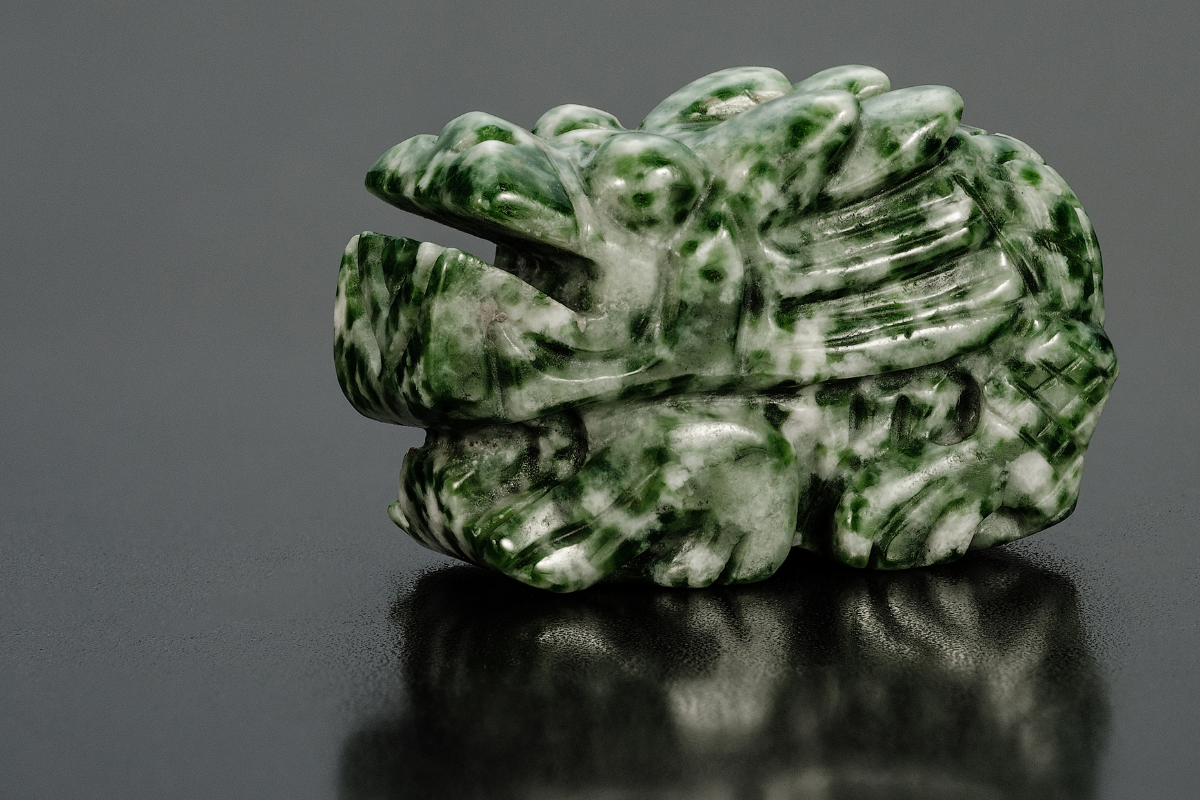Jadeite is fetishized by the Chinese and has become the most expensive type of jade in the Chinese market. “This is the result of the continuous territorialization of powers in a multidimensional space,” says Mingyue Yang (UAntwerpen and Yunnan University). “It has led to the rising price of jadeite, restructured new jade culture and affected the political landscape of northern Myanmar.” (Text: Mingyue Yang)
Although many varieties of jade have been used by the Chinese as symbols in history, what they desire most today is jadeite from Myanmar. The high demand and the continuing war situation in the northern part of Myanmar has caused the price of jadeite to rise exorbitantly. For her doctoral research, Mingyue Yang tracked the movement of jadeite and the activities of participating ethnic groups between Myanmar and China.
Cognitive jadeite
From its discovery to the present, jadeite has experienced cognition and evaluation by different cross-cultural groups. “The Chinese initially thought they were just ordinary stones, not jade,” Mingyue says. “Northern Myanmar is mainly the territory of the Shan and Kachin people. They have no jade culture and jadeite is not valuable. The jade culture was brought here through the expansion of the Han regime to the southwest and the migration of Han people during the Ming and Qing Dynasties. The precious feicui (jadeite) from distant and mysterious places was gradually accepted by the upper class as jade.”
Interestingly, Europeans also cognitive jadeite. Mingyue explains: “After the British colonized Myanmar, explorers entered the Kachin Mountains and found that the Kachin were trading this treasure with Chinese traders. The mineral specimen they brought back was named jadeite after physical and chemical examination.”
Territorialization of different powers
After boundaries demarcated, China and Myanmar divided the origin and market of jadeite. Powers such as countries, localities, ethnic groups, and business groups all want to make profits from it.
They all have their own reasons, Mingyue explains: “Selling jadeite is not just a survival strategy, participants seek huge profits. There have even risen territorial conflicts between the Kachin and Burmese. More participants find ways to participate, through legal and illegal actions, and new value is created. Ultimately, it shaping the scarcity of jadeite.”
Contact
Mingyue Yang | ymytina@gmail.com


